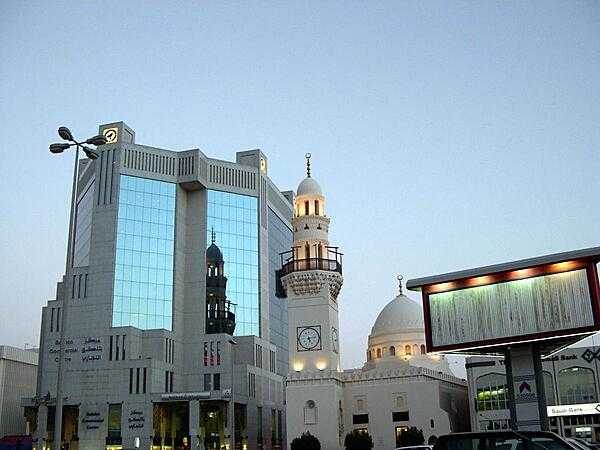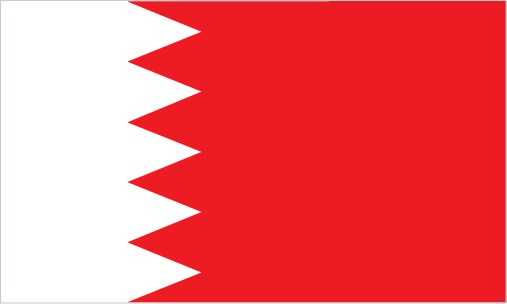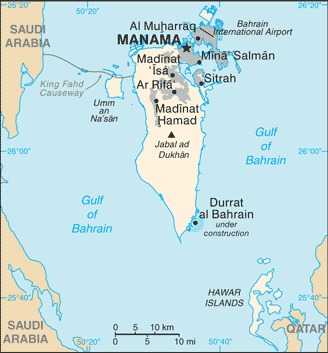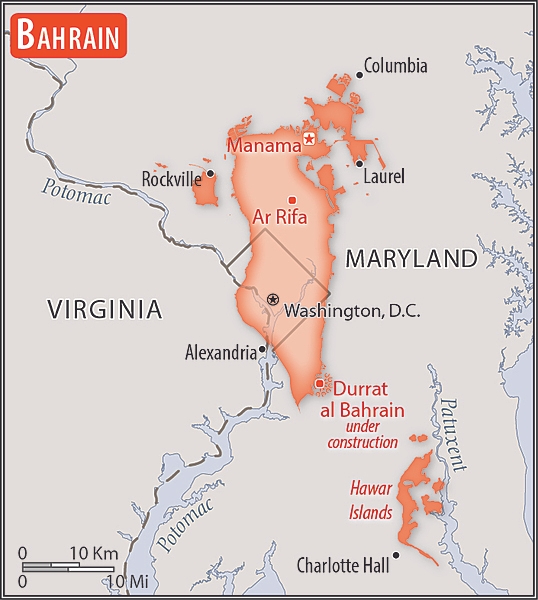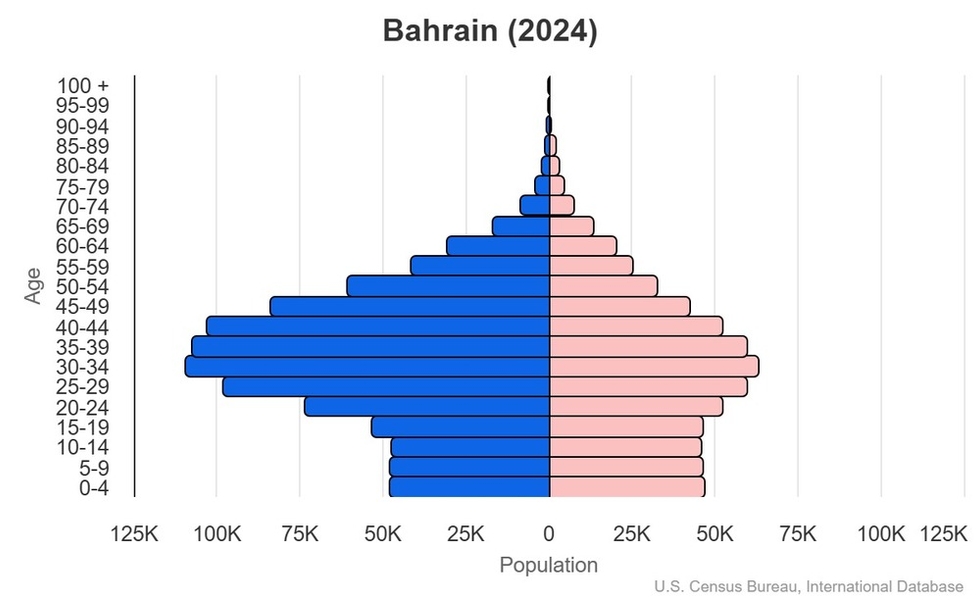Introduction
Visit the Definitions and Notes page to view a description of each topic.
Geography
People and Society
Population
comparison rankings: total 155; male 154; female 159
Languages
Median age
comparison ranking: total 111
Population growth rate
comparison ranking: 109
Birth rate
comparison ranking: 146
Death rate
comparison ranking: 226
Net migration rate
comparison ranking: 151
Maternal mortality ratio
comparison ranking: 129
Infant mortality rate
comparison ranking: total 135
Life expectancy at birth
comparison ranking: total population 52
Total fertility rate
comparison ranking: 171
Obesity - adult prevalence rate
comparison ranking: 25
Alcohol consumption per capita
comparison ranking: total 148
Tobacco use
comparison ranking: total 89
Education expenditure
comparison ranking: Education expenditure (% GDP) 183
Environment
Carbon dioxide emissions
comparison ranking: total emissions 57
Government
Economy
Real GDP (purchasing power parity)
comparison ranking: 99
Real GDP growth rate
comparison ranking: 118
Real GDP per capita
comparison ranking: 32
Inflation rate (consumer prices)
comparison ranking: 18
GDP - composition, by sector of origin
comparison rankings: agriculture 195; industry 15; services 135
Industrial production growth rate
comparison ranking: 133
Labor force
comparison ranking: 147
Unemployment rate
comparison ranking: 7
Youth unemployment rate (ages 15-24)
comparison ranking: total 162
Public debt
comparison ranking: 13
Taxes and other revenues
comparison ranking: 150
Current account balance
comparison ranking: 44
Reserves of foreign exchange and gold
comparison ranking: 101
Energy
Electricity
comparison rankings: installed generating capacity 77; consumption 63; exports 76; imports 94; transmission/distribution losses 102
Energy consumption per capita
comparison ranking: 3
Communications
Telephones - fixed lines
comparison ranking: total subscriptions 113
Telephones - mobile cellular
comparison ranking: total subscriptions 147
Broadband - fixed subscriptions
comparison ranking: total 117
Transportation
Merchant marine
comparison ranking: total 71
